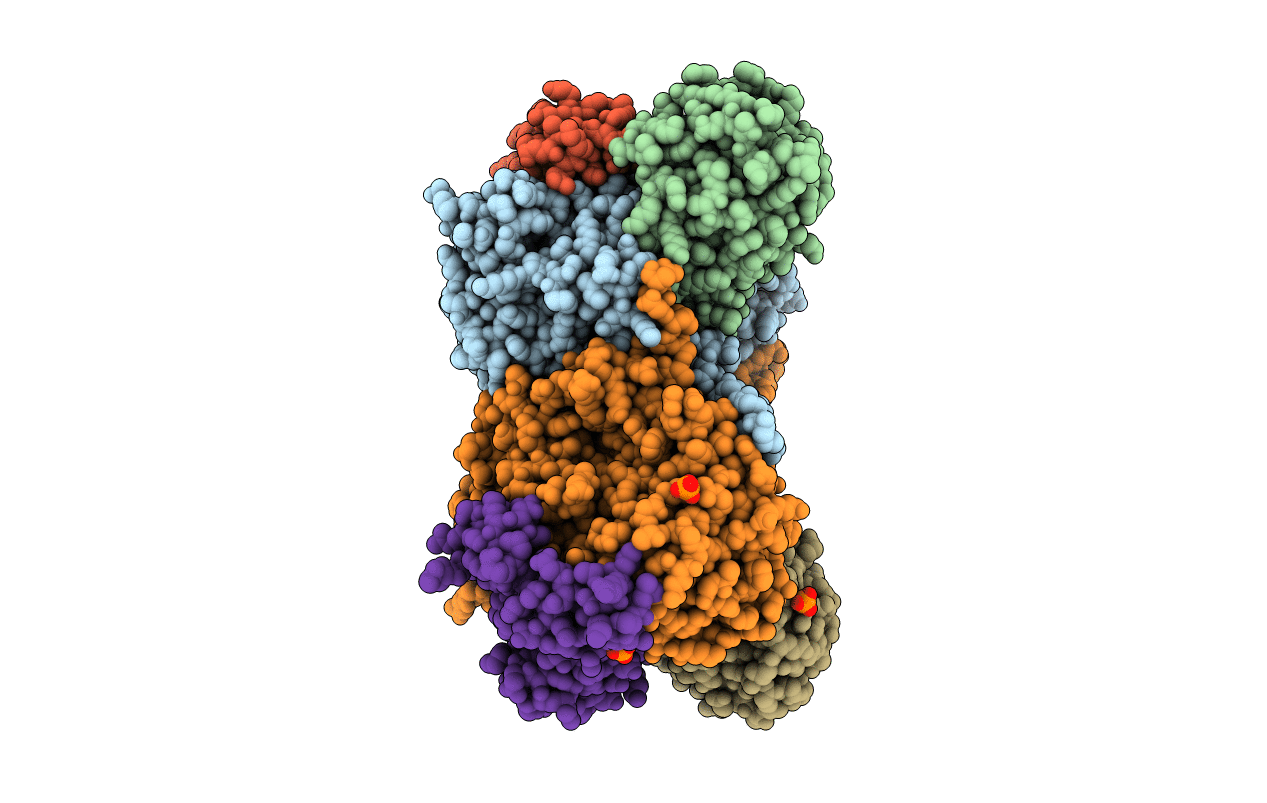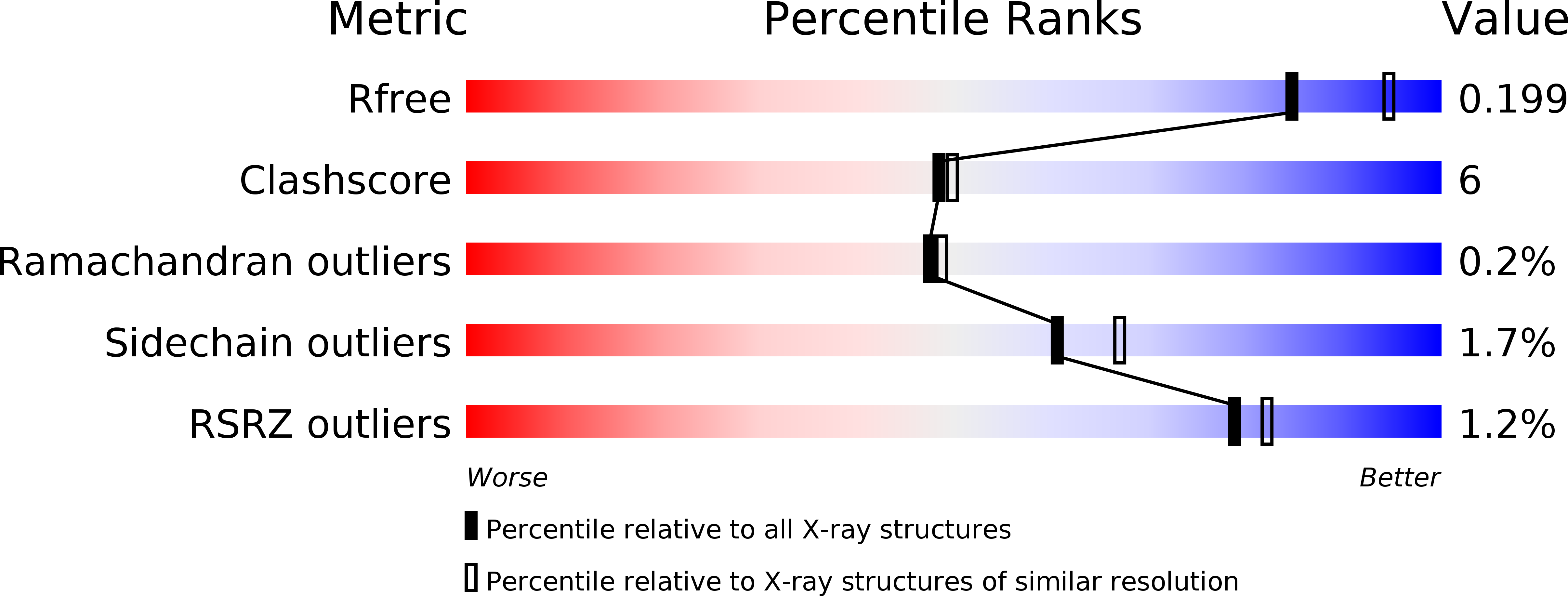
Deposition Date
2011-02-07
Release Date
2012-02-22
Last Version Date
2023-11-01
Method Details:
Experimental Method:
Resolution:
2.10 Å
R-Value Free:
0.19
R-Value Work:
0.18
R-Value Observed:
0.18
Space Group:
C 1 2 1


